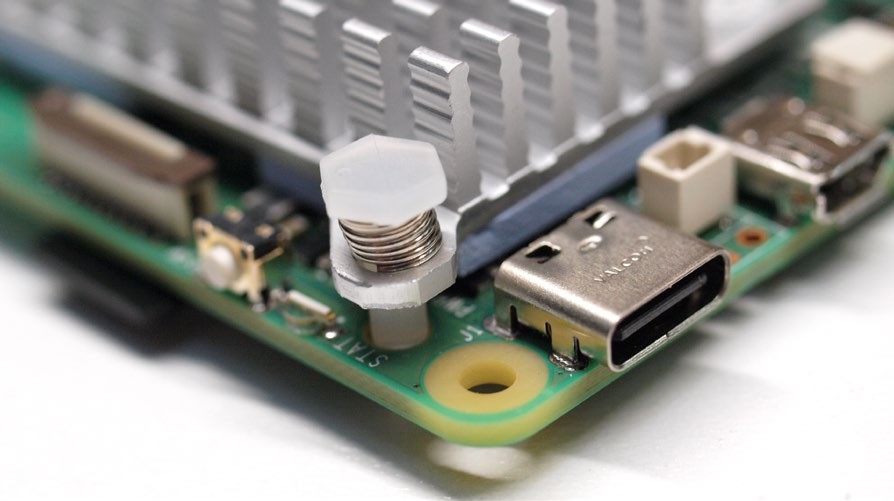An old French proverb claims that appetite comes with eating. Similarly, Eben Upton’s deployment of the first-generation Raspberry Pi opened the floodgates on the single-board computer (SBC) market. As single-board computers became more affordable, more people purchased them. This increase in volume led to more market participants, which brought prices down further and led to even more single-board computer usage.
As the market is now more than 10 years old, we can see the effects of maturity. Notably, new trends have emerged; while the classic, credit-card format process computer is still going strong, smaller and larger boards are also becoming available. This, obviously, is an effect of market breadth – in a broader market, more offerings can survive, thereby permitting designers to select components that are ideally suited to their needs.
We’re comparing the highest-end offering from Shenzhen Xunlong, the Orange Pi 5 Plus, against the new Raspberry Pi 5. Both of these SBCs are incredibly performant and offer more computing power than workstations could provide a decade or so ago. Nevertheless, each vendor specialises in different applications, so read on carefully to determine which SBC is better suited to run your world.
Increasing demand by process computer applications led to a CPU power arms race – both Shenzhen Xunlong and the Raspberry Pi Foundation try to provide as much computing power as possible. In the case of the Raspberry Pi 5, a four-core systemon-a -chip (SoC) is used; this time, the instruction set architecture (ISA) is ARM Cortex-A76. Combined with a clock rate of up to 2.4GHz, performance has doubled over its predecessor.
Shenzhen Xunlong takes a different approach by sourcing the SoC from RockChip. It’s a diverse octocore unit implementing the big.little architecture. The CPU provides four compute and four economy cores; the operating system schedules between them.
As the proof is in the pudding, the best approach is to use the SysBench benchmark. Our tables show the results for single-core, quad-core and octo-core runs.
The availability of eight cores translates to higher throughput for parallelised applications. SysBench shows the different compute performance; bringing in the four economy cores brings just 4,000 additional events. The Raspberry Pi Foundation provides an (optional) active heatsink that mounts to the rest of the board via two plastic pins shown in the photo (above).

The attaching pins for the official Raspberry Pi 5 active cooler.
While many reviewers reported slowdowns without the fan, we could not reproduce these in our tests. Running SysBench CPU 10 times in sequence using a shell script did not yield a significant slowdown – the tables below show the first and tenth results on the Orange Pi 5 Plus and a Raspberry Pi without heatsink.